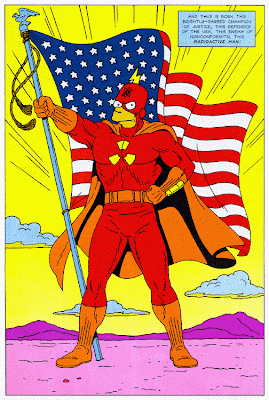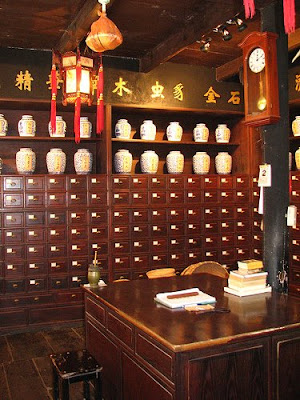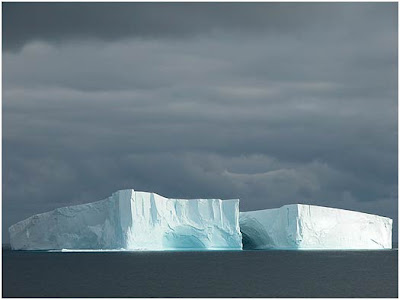There's a new study which confirms that acupuncture can
relieve the unpleasant side effects of standard medication. In this case it's
tamoxifen and
anastrozole, which are used to help prevent recurrence of breast cancer.
Tamoxifen is a selective estrogen reuptake modulator (SERM), which disrupts the body's ability to bind with estrogen. Anastrozole decreases the amount of estrogen made by the body in the first place. Estrogen is targeted because some breast cancers respond to estrogen.
This is from the
National Cancer Institute:
The known, serious side effects of tamoxifen are blood clots, strokes, uterine cancer, and cataracts (see Questions 5–8). Other side effects of tamoxifen are similar to the symptoms of menopause. The most common side effects are hot flashes and vaginal discharge. Some women experience irregular menstrual periods, headaches, fatigue, nausea and/or vomiting, vaginal dryness or itching, irritation of the skin around the vagina, and skin rash. As with menopause, not all women who take tamoxifen have these symptoms. Men who take tamoxifen may experience headaches, nausea and/or vomiting, skin rash, impotence, or a decrease in sexual interest.
And this from the
NY Times:
The acupuncture worked just as well as the antidepressant Effexor to curb hot flashes. Women who received acupuncture also reported fewer side effects and more energy, and some reported an increased sex drive, compared to women who used Effexor, the study showed.
So, to recap: All the women in the study were taking tamoxifen and anastrozole. Half of them took Effexor, and half got acupuncture once or twice a week for twelve weeks.
This sort of study is very important in advancing acceptance of acupuncture in mainstream circles. For those women who are taking these highly toxic medications, which suppress the production of their natural hormones, acupuncture should be available to alleviate their suffering.
If we accept the dominant bacteriological medical paradigm, this is the best that acupuncture can do: cleaning up around the edges after the worst diseases have taken their toll. This role is least threatening to pharmaceutical money and M.D. status, and therefore is not crushed.
The "modern" medical model ignores the role of emotion, jeers at notions of "energy" and would rather wait years for highly selective "evidence" to become available before admitting that dirty air and chemically-tainted water can cause disease.
But if we are true to our medicine, and do our best to advance the Chinese medical model of health, that is where I believe we will do the most good. Cancer is a form of stagnation. Therefore, to avoid stagnation, you have to move. It follows that exercise is one the single best ways to treat
just about everything.
Stagnation can also be caused by overburdening the body's digestive system. Therefore, to avoid stagnation, don't eat too much. Limit your intake of fatty, greasy and sweet foods.
Lots of people talk about the "mind-body" connection, but in Chinese medicine there is no clear line between the mind and body. The mind, as a set of neuro/emotional habits distinct from the physical brain, is a part of the body just as much as your thigh bone or your endocrine system. In Chinese medicine, we say that long-term stagnation can transform into fire, and that is certainly true of emotions. It is therefore vitally important to your health that you understand your emotions. Meditation is a wonderful way to separate yourself from your "self", to gain some perspective on your personality and see yourself from the outside. When you realize that you aren't a slave to your emotions, the whole world becomes your playground. Or so I'm told... I've still got work to do in that department. ;)
Eat well, exercise, and express yourself - the three E's. It's easy advice to ignore because it's so bland. But it becomes less bland when you personalize it. One person's eating well is entirely different from another person's eating well - a small, weak person needs fortifying foods like lamb and small amounts of alcohol to aid circulation. But give that same prescription to a 6 foot tall, 300 pound 50-year-old man with high blood pressure and you'll be sending him to an early grave. Some people have a lot of energy and need to go to kickboxing class to work it off, while for some others, some gentle tai ji quan or qi gong would be best. And of course, emotional expression varies widely.
There is a fourth E! The three E's should be done everyday! Avoid cancer! Live your life! Be happy!


























